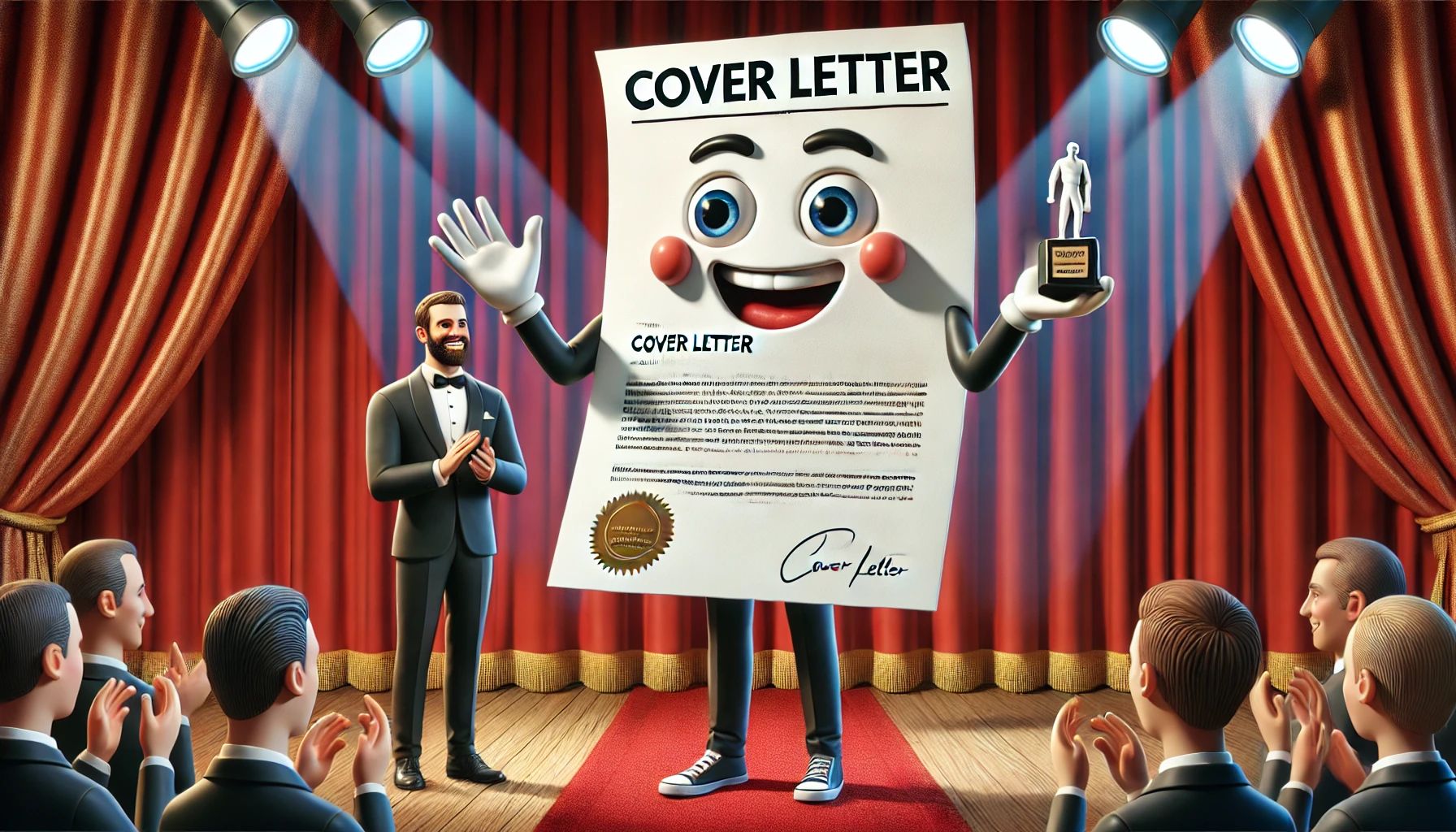
Additional tips for maximizing bullet point effect in your resume include:
- Use a .25″ tab and indent setting for your bullet points. When the bullet point is too close to the text it loses its visibility, and when it is too far away from the text they appears to float by themselves and serve more as a distraction to the reader.
- Never use more than two types of bullet points in your document. Any more than that and you run the risk of your document being too busy, which is another distraction.
- Watch the size of your bullet points in your resume. Many people tend to use large circular bullet points that visually dominate the text.
- Add spacing between bulleted lines using the paragraph/spacing feature in MS Word.
- If you have few significant accomplishments to highlight and few duties to include, it is okay to use bullet points for the entire job description.
- If you have many significant accomplishments, don’t be afraid to highlight a few of them in your cover letter using bullet points.
When used correctly within your resume, bullet points add the visual cues that draw your reader to the information that will help your candidacy the most.
William Mitchell, CPRW













